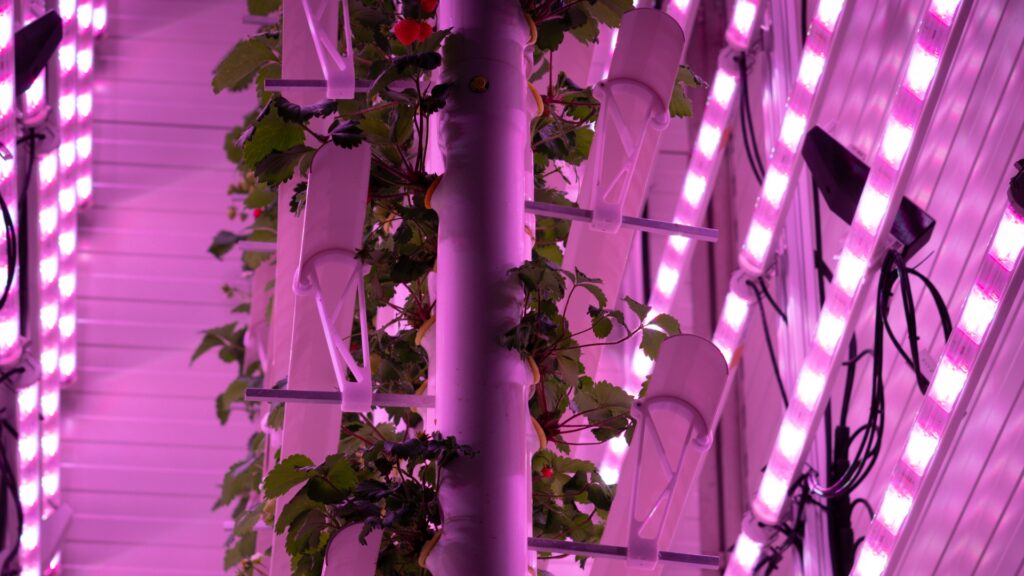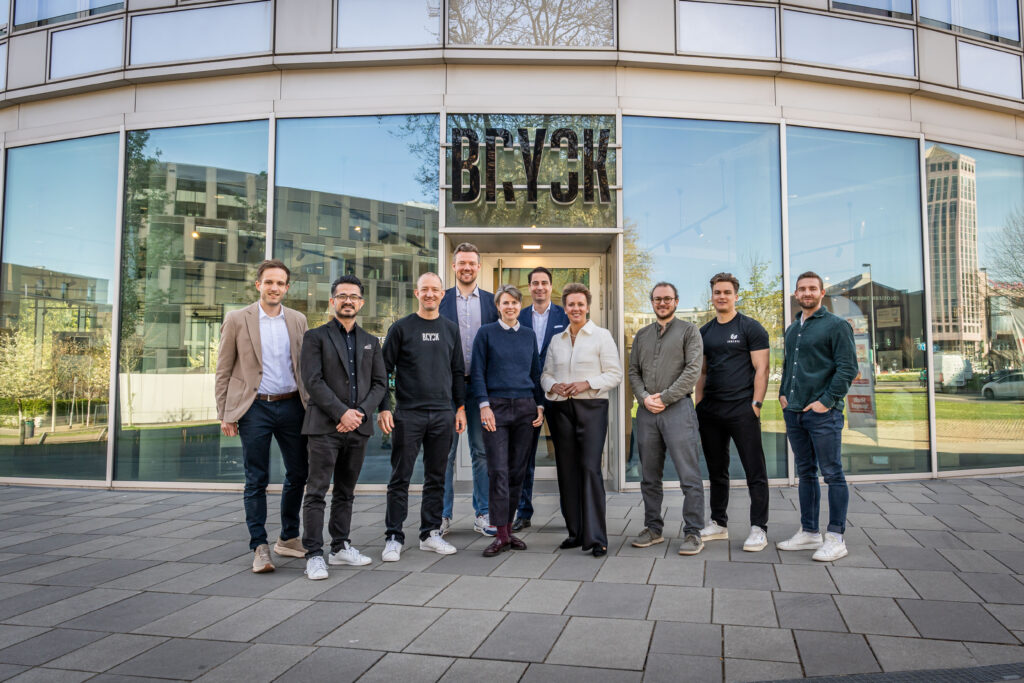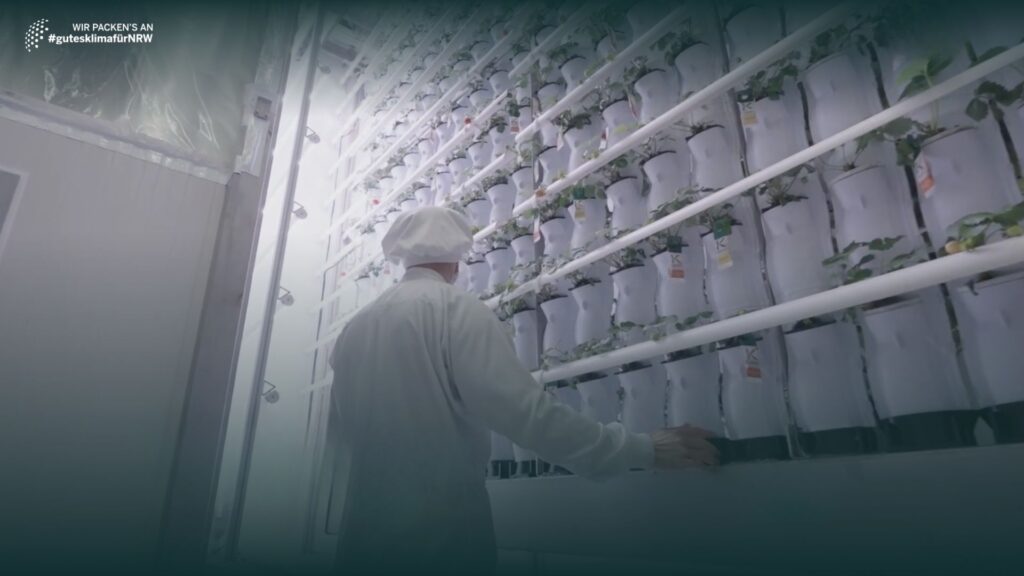Exciting leverage for greater food security: The vertical cultivation of plants in “high-rise greenhouses” saves space, water, and fertilizer, making agriculture much more efficient, headlines one of Germany’s leading business newspapers, the Handelsblatt. What follows is an in-depth analysis of the vertical farming market, highlighting not only its immense potential but also the challenges it faces.
Providing a comprehensive overview of the current state of the industry, the article emphasizes the growing need for innovative, technology-driven food production methods as the global population keeps on rising and climate change disrupts traditional farming practices. According to author Katrin Terpitz, vertical farms offer a glimpse into the future with climate-independent, high-yield food production.
She, however, also presents a balanced perspective by acknowledging the hurdles the industry faces. The high energy demands for artificial lighting and climate control systems have led to financial struggles for companies like Infarm in Germany and Bowery Farming in the U.S. This has raised understandable concerns about the long-term profitability of the model, especially in regions with high energy costs.
To answer the pressing question of profitability, the article explores how modern indoor farms leverage automation, artificial intelligence, and climate control systems dramatically minimize the use of cost-intensive resources—a very interesting topic, our co-founder Claas Ahrens has also shed some light on in a recent article.
We at vGreens, for example, aim to address these challenges with innovations such as AI-driven production adjustments and energy-saving designs like glass-walled farms that harness natural sunlight. Other examples like the world’s largest vertical farm in Dubai, capable of harvesting three tons of greens daily, and Denmark’s Nordic Harvest facility powered by offshore wind energy, illustrate various creative solutions to minimize the economic risk and the sector’s impressive scalability and sustainability potential.
Despite the hurdles, the article concludes that vertical farming remains one of the most promising advancements for a more resilient global food system, especially when paired with strategic technological refinements and sustainable energy solutions.
We are extremely proud to be featured as a leading example in this forward-thinking market. At vGreens, we believe in the power of collaboration and innovation. We encourage everyone to explore the article and remain open to synergies between traditional agriculture and vertical farming—together, we can shape a more sustainable and resilient food system.
You can read the full article here (German only).
Cover Picture: PR / as cited in Handelsblatt




